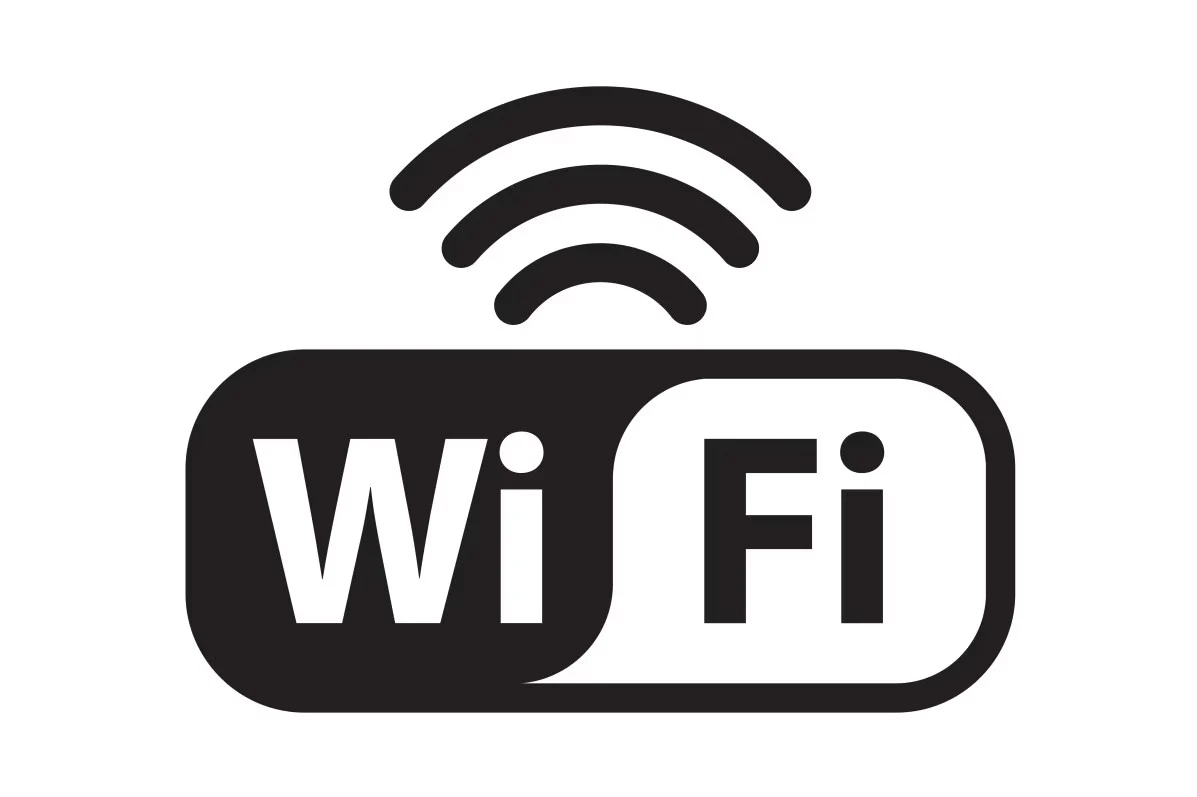Imagine relaxing at a coffee shop, scrolling through social media, or streaming your favorite movie—all without a single cable cluttering the table. This wireless convenience is powered by Wi-Fi, a technology that has transformed the way we connect to the internet. But what exactly is Wi-Fi, and how does it work? Let’s explore it in simple terms.
What is Wi-Fi?
Wi-Fi, short for Wireless Fidelity, is a technology that allows devices such as smartphones, laptops, and tablets to connect to the internet without using physical cables. It transmits data wirelessly using radio waves, eliminating the need for direct wired connections.
Think of Wi-Fi as an invisible bridge that connects your device to the internet, enabling you to browse the web, stream content, and stay connected—without being physically tethered to a network.
The History of Wi-Fi
Wi-Fi technology traces its origins back to the 1990s, when researchers discovered how to use radio waves to transmit data wirelessly. The breakthrough came in 1997 when the Institute of Electrical and Electronics Engineers (IEEE) introduced the first official Wi-Fi standard, known as IEEE 802.11.
Since then, Wi-Fi has evolved significantly, becoming faster, more reliable, and widely available. Today, Wi-Fi is found everywhere—from homes and workplaces to airports, coffee shops, and even airplanes!
How Does Wi-Fi Work?
Wi-Fi enables wireless communication between your device and the internet. Here’s a step-by-step breakdown of how it works:
- Internet Connection: Your Internet Service Provider (ISP) delivers an internet signal to your location via a cable, fiber optic, or satellite connection.
- The Router: A Wi-Fi router receives this internet signal and converts it into radio waves.
- Broadcasting the Signal: The router transmits these radio waves within a specific range, creating a wireless network.
- Your Device: Devices like smartphones, laptops, and smart TVs have Wi-Fi adapters that detect and translate these signals into usable internet data.
The diagram below illustrates how Wi-Fi functions:
Wi-Fi Frequencies and Bands
Wi-Fi operates on different frequency bands, each with its own advantages:
- 2.4 GHz Band: Offers a wider coverage area but lower speeds, making it ideal for browsing, emailing, and smart home devices.
- 5 GHz Band: Provides faster speeds but has a shorter range, making it suitable for high-bandwidth activities like video streaming and online gaming.
Modern routers support dual-band technology, meaning they can broadcast both 2.4 GHz and 5 GHz signals simultaneously, optimizing performance based on usage.
Wi-Fi Security and Safety
Wi-Fi networks can be vulnerable to security threats if not properly protected. To safeguard your network, security protocols such as WPA (Wi-Fi Protected Access) and WPA2 encrypt data to prevent unauthorized access.
Using a strong Wi-Fi password and keeping firmware updated are essential steps in securing your wireless network.
Common Wi-Fi Issues and Solutions
- Slow Speeds: This may be caused by interference or distance from the router. Solution: Move closer to the router or upgrade to a higher-speed plan.
- Connection Drops: Too many devices connected at once can overload the network. Solution: Limit connected devices or use a mesh Wi-Fi system.
- Weak Signal: Walls and obstacles can block Wi-Fi signals. Solution: Place the router in a central, open location.
Interesting Wi-Fi Facts
- The term “Wi-Fi” doesn’t actually stand for anything—it was chosen as a catchy name.
- Wi-Fi was initially developed for cash registers before becoming a household necessity.
- Wi-Fi can now be found in cars, public parks, and even on airplanes!
The Future of Wi-Fi: Wi-Fi 7
The next generation of Wi-Fi technology, known as Wi-Fi 7, is set to revolutionize connectivity with:
- Significantly faster speeds (expected up to 30 Gbps).
- Better performance in crowded areas like stadiums and airports.
- More stable connections, allowing multiple devices to run seamlessly.
With these advancements, Wi-Fi will continue to evolve, making internet access even faster and more reliable.
Conclusion
Wi-Fi has transformed the way we live, work, and connect. Whether at home, in the office, or on the go, it enables seamless communication and access to digital services.
As Wi-Fi technology continues to advance, future developments like Wi-Fi 7 will further enhance speed, security, and accessibility—ensuring we stay connected in an increasingly digital world.
 Reviewed by Curious Explorer
on
Monday, January 20, 2025
Rating:
Reviewed by Curious Explorer
on
Monday, January 20, 2025
Rating:





No comments: